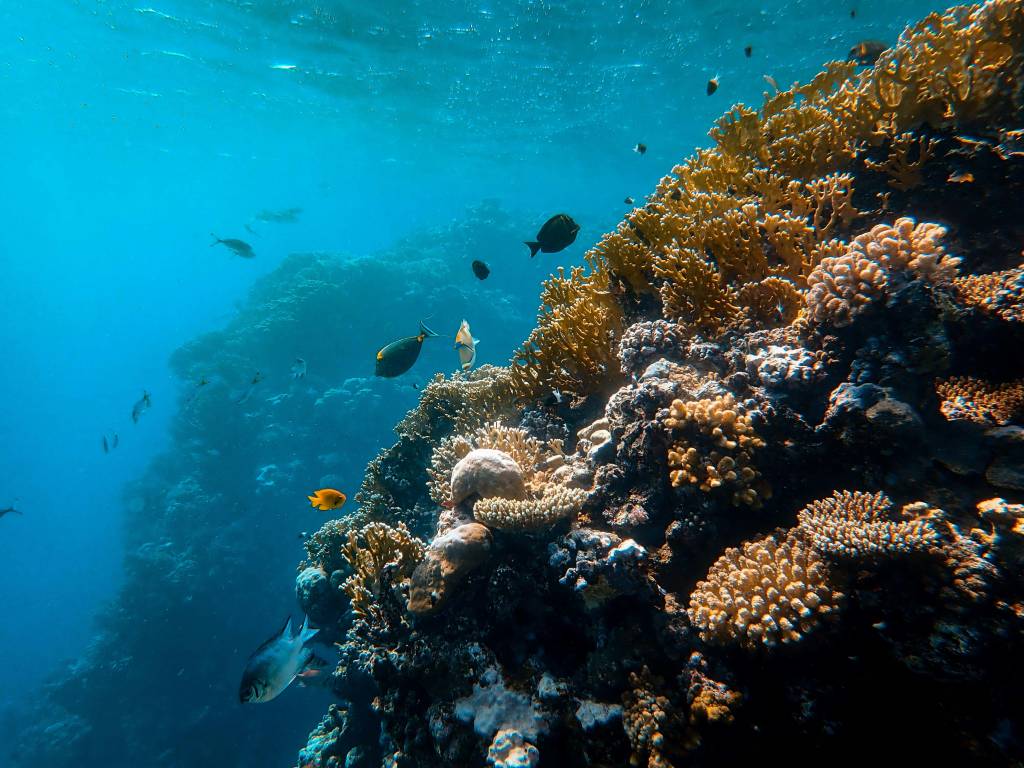
While deploying artificial reefs has become common, they still remain a mystery to many. Discover the following:
- How Are They Built?
- Why Are Artificial Reefs Important?
- Reef Recreation
- Where Are Most Artificial Reefs Found?
Beneath the surface of our oceans lies a world teeming with life and beauty, yet often unseen by many. Artificial reefs stand as innovative solutions, not only to conserve marine ecosystems but also to create havens for biodiversity and recreational enjoyment. Uncover the fascinating realm of artificial reefs and underwater gardens, exploring their creation, ecological significance, and the manifold benefits they offer to both marine life and enthusiasts of the deep. Join us as we unravel the secrets of these submerged wonders and discover their profound impact on our oceans’ health and our own appreciation for the natural world.
How Are They Built?
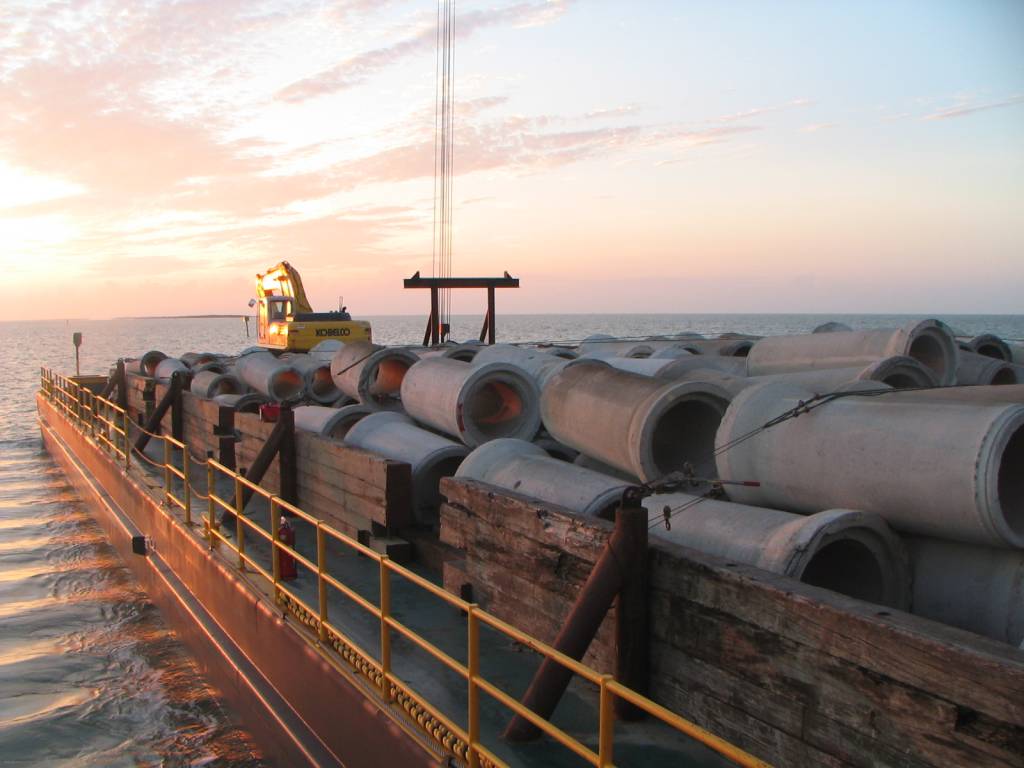
The construction of artificial reefs is a marvel of modern marine engineering. Often made from durable materials like concrete, steel, and sometimes even decommissioned ships, these structures are strategically placed on the ocean floor. The design process involves careful consideration of the local marine ecosystem, including water depth, temperature, salinity, and existing marine life. Through collaboration between marine biologists, engineers, and environmentalists, man-made reefs are tailored to foster biodiversity and serve as intricate habitats for various marine species.
Why Are Artificial Reefs Important?
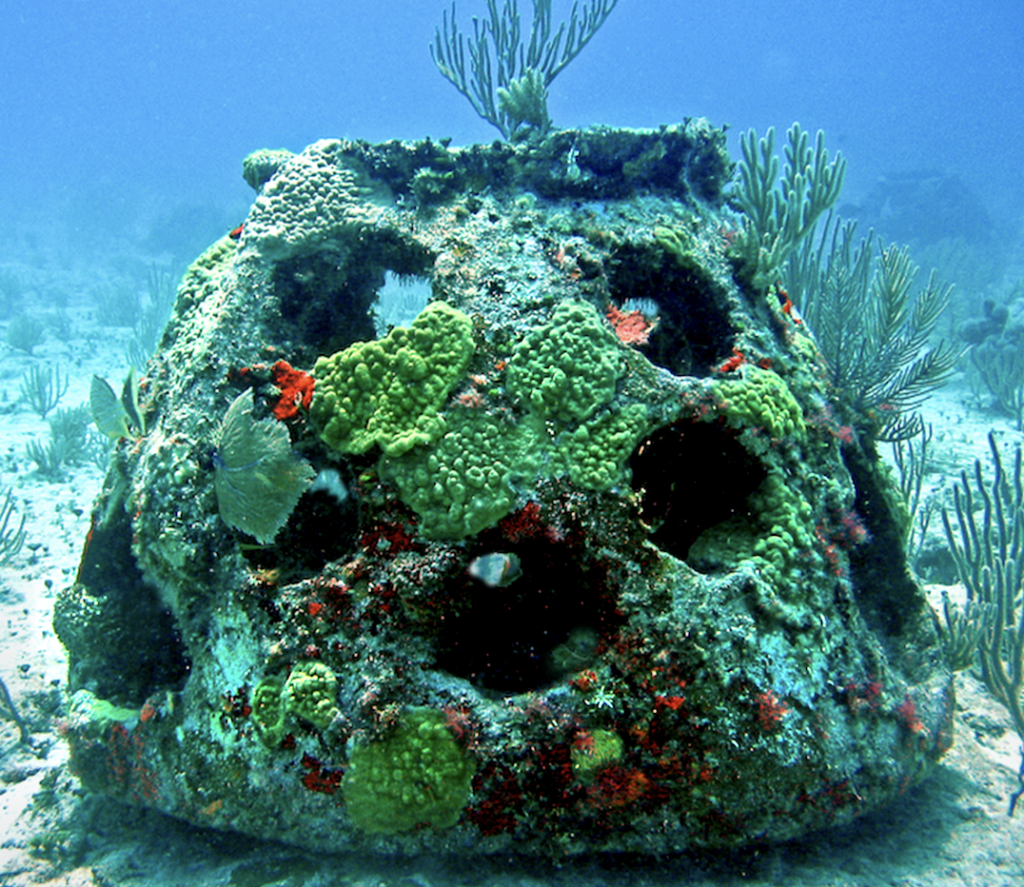
Artificial reefs play a vital role in restoring and preserving marine ecosystems. Natural coral reefs are in decline due to climate change, overfishing, and pollution, leading to decreased fish populations and overall marine biodiversity. By creating artificial reefs, we can provide alternative habitats that support a diverse range of marine life and promote the growth of coral and other vital organisms. In addition, they serve as natural barriers that can help protect coastlines from erosion and storm damage, safeguarding coastal communities.
Reef Recreation
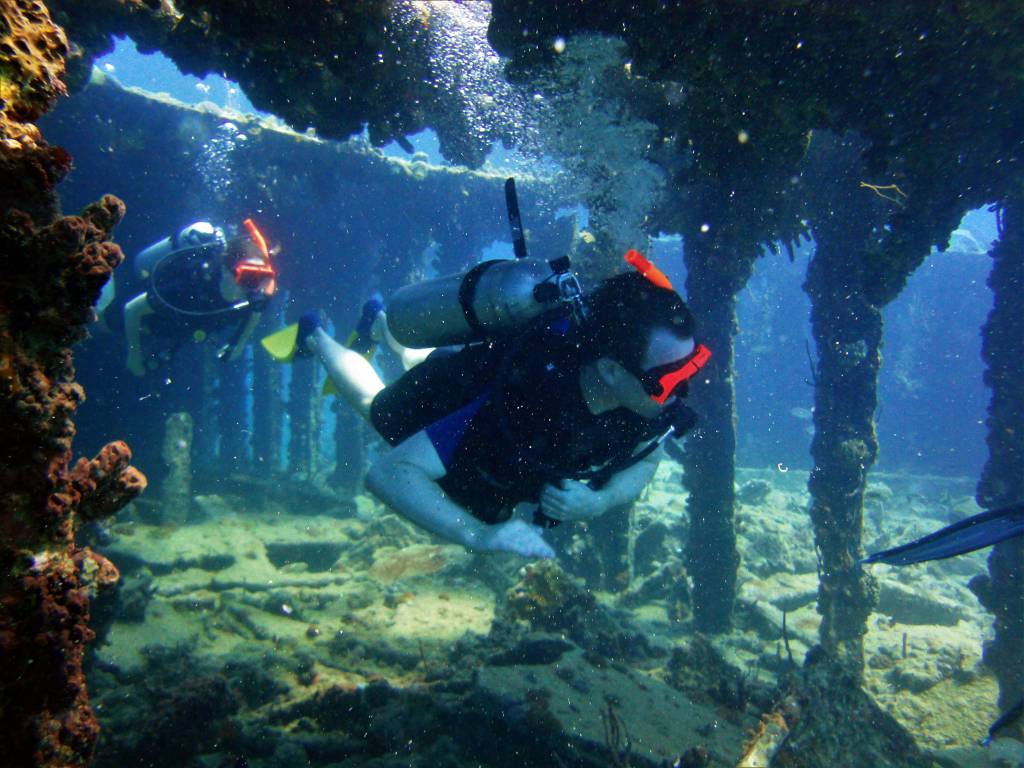
The underwater structures have socioeconomic benefits. Artificial reefs often become popular recreational diving and fishing sites, contributing to the tourism industry and local economies.
Decommissioned ships like the Kittiwake, in the Cayman Islands and the USS Spiegel Grove, in the Florida Keys, are often sunk to create artificial reefs. These ships provide popular scuba diving locations, attracting scores of divers.
There are even unique structures created from more exotic materials. Redbird Reef off the coast of Delaware is made up mostly of decommissioned subway cars from New York City. The 714 subway cars and retired military equipment create an exciting diving experience.
During the first few years, the structure of manmade reefs alone will attract finfish. Once coral, barnacles, oysters, and other epifaunal organisms take hold, the structures attract a full range of desirable fishing species. Grouper, snapper, and amberjack are just a few of the fish species that prefer the habitats that artificial reefs provide.
Where Are Most Artificial Reefs Found?
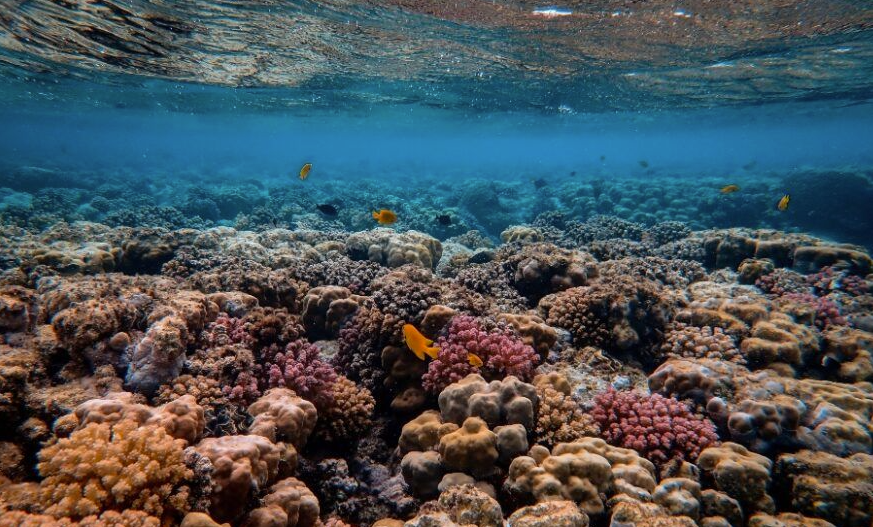
Artificial reefs are not confined to a particular region. Still, they are most commonly found in areas where natural reefs are in decline or where the marine ecosystem can particularly benefit from their presence. Regions such as the Southeastern United States, Japan, Australia, and parts of the Mediterranean have embraced artificial reef programs.
In the United States, for example, Florida and Texas have established reef programs that have turned hundreds of decommissioned oil platforms into thriving marine habitats. Meanwhile, Japan has constructed over a thousand artificial reefs to compensate for coastal developments that have impacted local ecosystems.
Artificial reefs stand as an impressive testament to human ingenuity in the face of environmental challenges. Through their thoughtful design and strategic implementation, they are helping to rebuild marine ecosystems, boost local economies, and protect coastal regions. Their continued development and utilization represent a promising ecological restoration and conservation avenue in our increasingly interconnected world.

